On the Road is a weekday feature spotlighting reader photo submissions.
From the exotic to the familiar, whether you’re traveling or in your own backyard, we would love to see the world through your eyes.
More chunky birds from Albatrossity, and the promise of Spring! BillinGlendale gets a new phone, so we get pics from the new toy. Plus, we have the last 3 installments of Uncle Eb‘s SE Asia Valentines 12-part series this week. If you have enjoyed the series, I hope you will let him know!
Albatrossity
Week three of chunky birds ought to get us to springtime, and perhaps then there can be some travel to find some spiffy spring-plumage birds and landscapes. We’ll see!
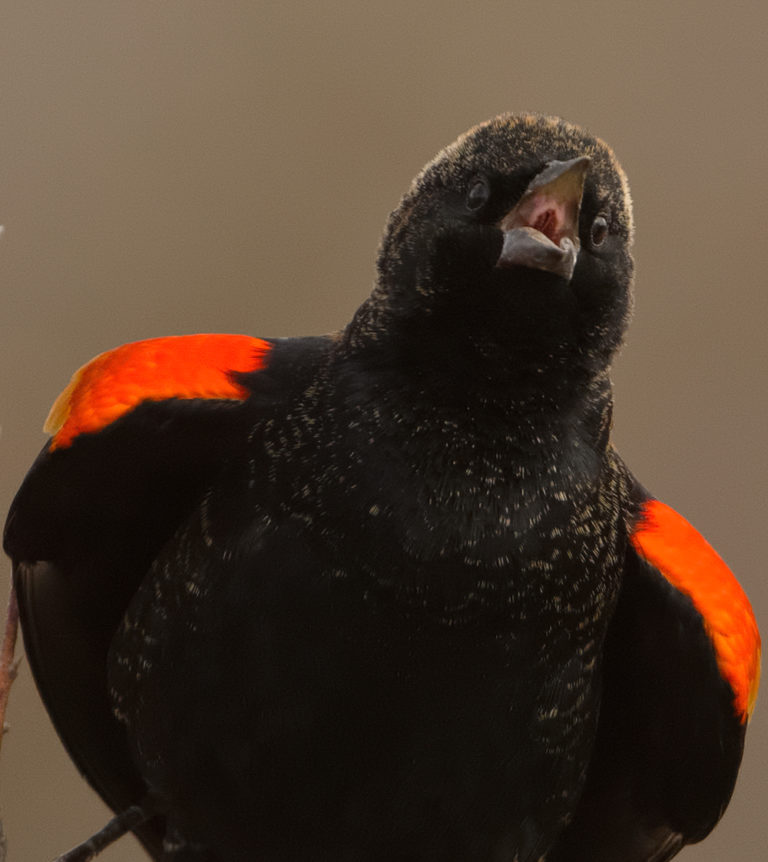
Speaking of springtime, this Red-winged Blackbird (Agelaius phoeniceus) certainly was feeling the season. He still has some of the brownish feather edges that are a hallmark of winter plumage in this species; those typically wear off over the winter, revealing his bold black and red spring finery. But early or not, he was fully fluffed up and tuned in.
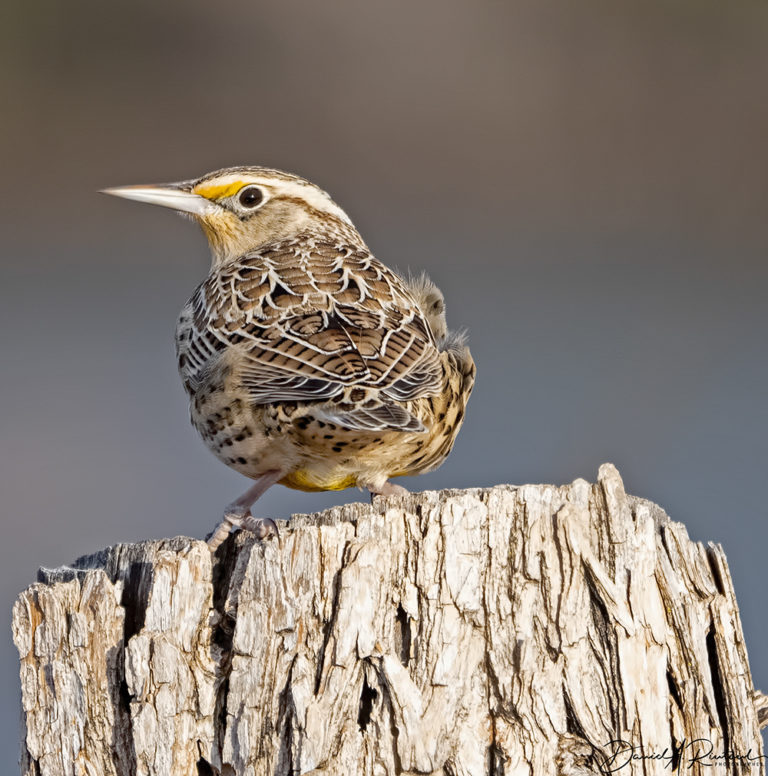
Another icterid, this Western Meadowlark (Sturnella neglecta) was trying to look roundish, but remains a bit pointy-looking with that long dagger of a beak. This is the state bird of Kansas, and their bubbling song is a sign of late winter and early spring.
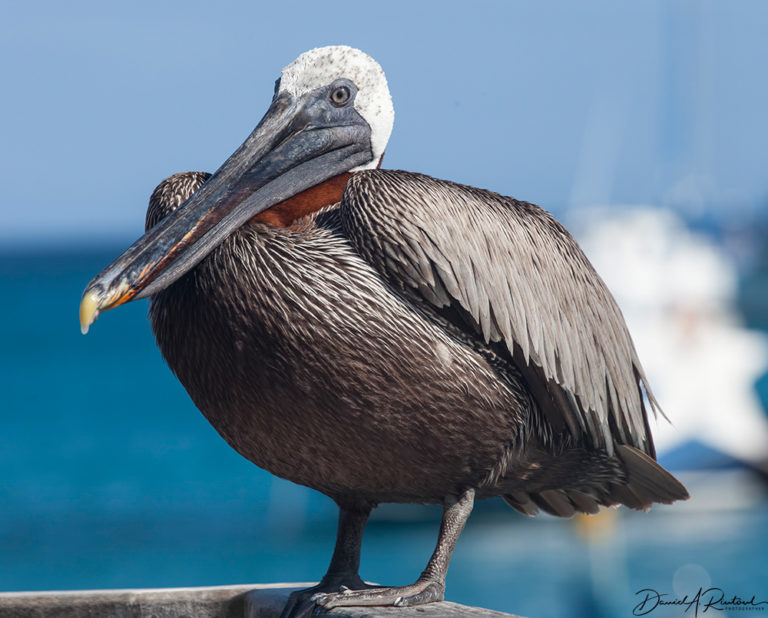
Plump and perched, this Brown Pelican (Pelecanus occidentalis) looks quite well fed, and probably was, given the abundance of fish of all types in the Galápagos Archipelago.
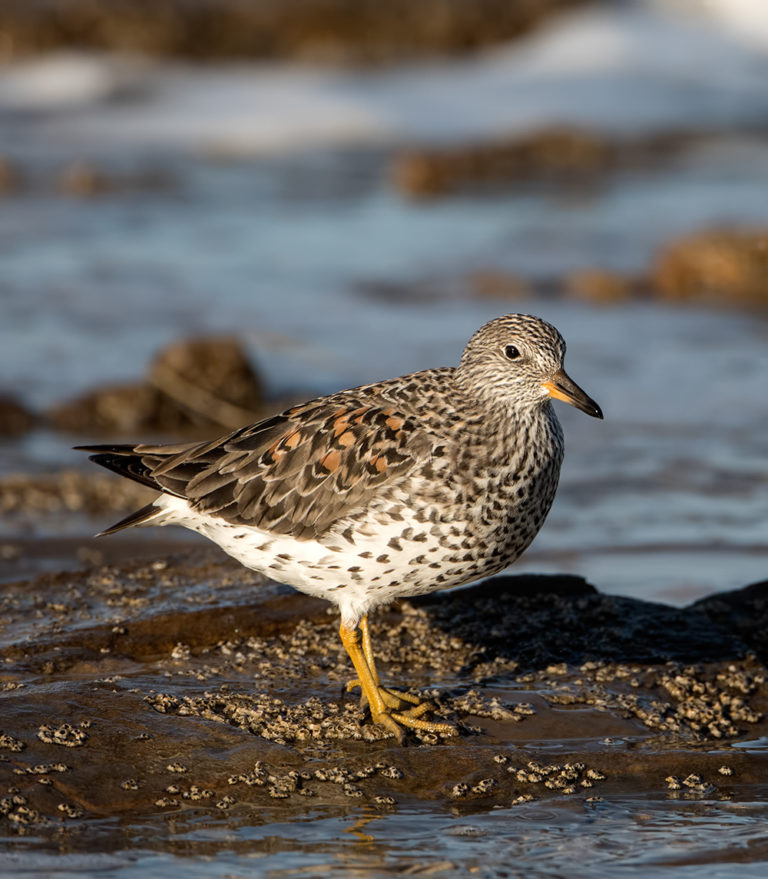
“Stocky” and “stout” are two of the most common adjectives used in field guides to describe the Surfbird (Aphriza virgata), and that dumpling look is enhanced by the short thick legs of this shorebird. It is aptly named, spending its winters on rocky wave-splashed coasts. But the rufous feathers on the back of this bird say that it is a breeding adult, preparing to head out for the interior of Alaska for the summer.
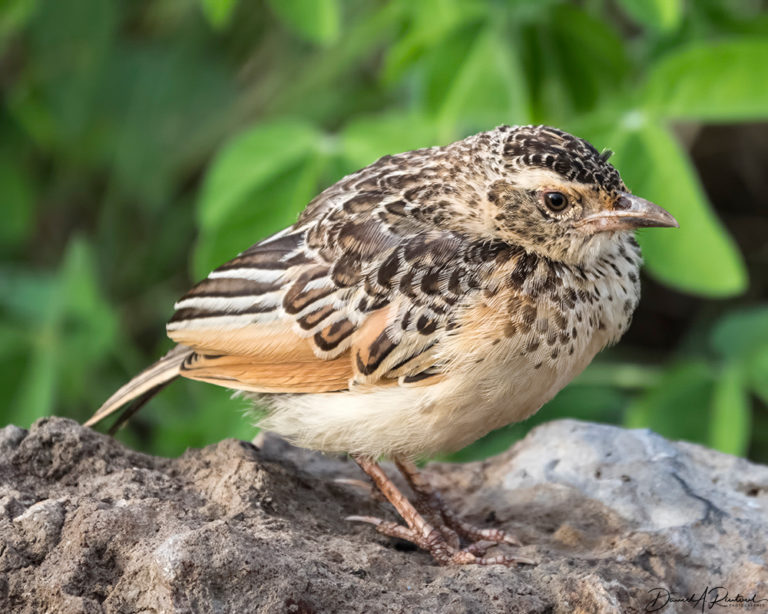
One of the most common birds of the East African savannah, this Rufous-naped Lark (Mirafra africana) from Tanzania does not have a rufous nape, as you might have noticed. Although some subspecies of this widely-distributed bird might have that feature, it sure wasn’t obvious in the birds that I saw. It does have a lovely song, reminiscent of the Eastern Meadowlark to my ear.
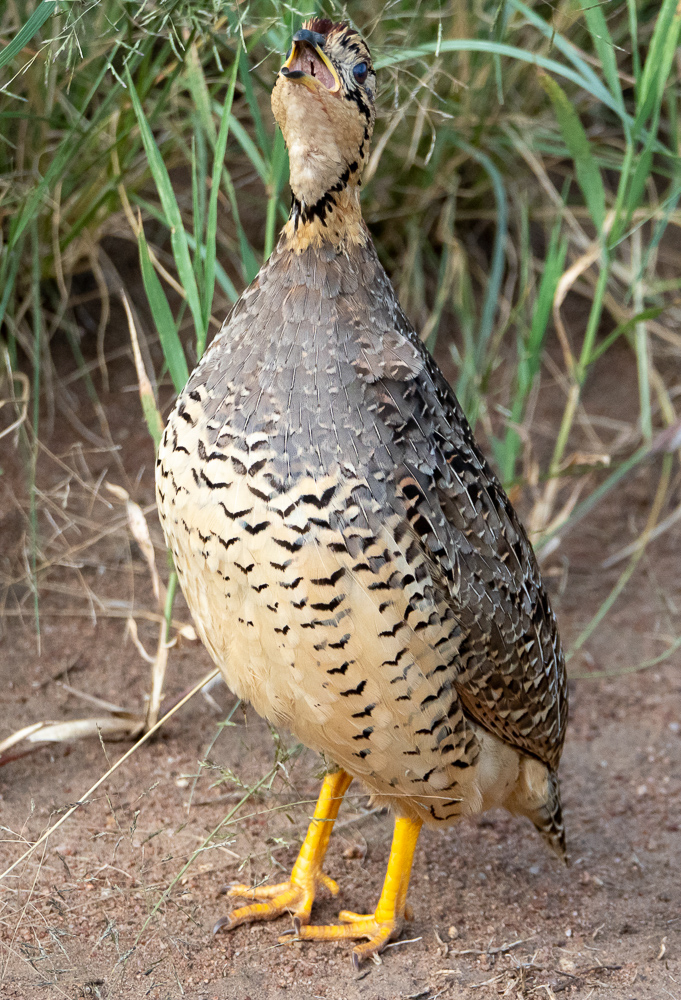
A not-so-melodious African savannah species, this Shelley’s Francolin (Scleroptila shelleyi) was calling in response to its pals, who had the good sense to be hiding in the tall grass rather than wandering along the dirt vehicle track.
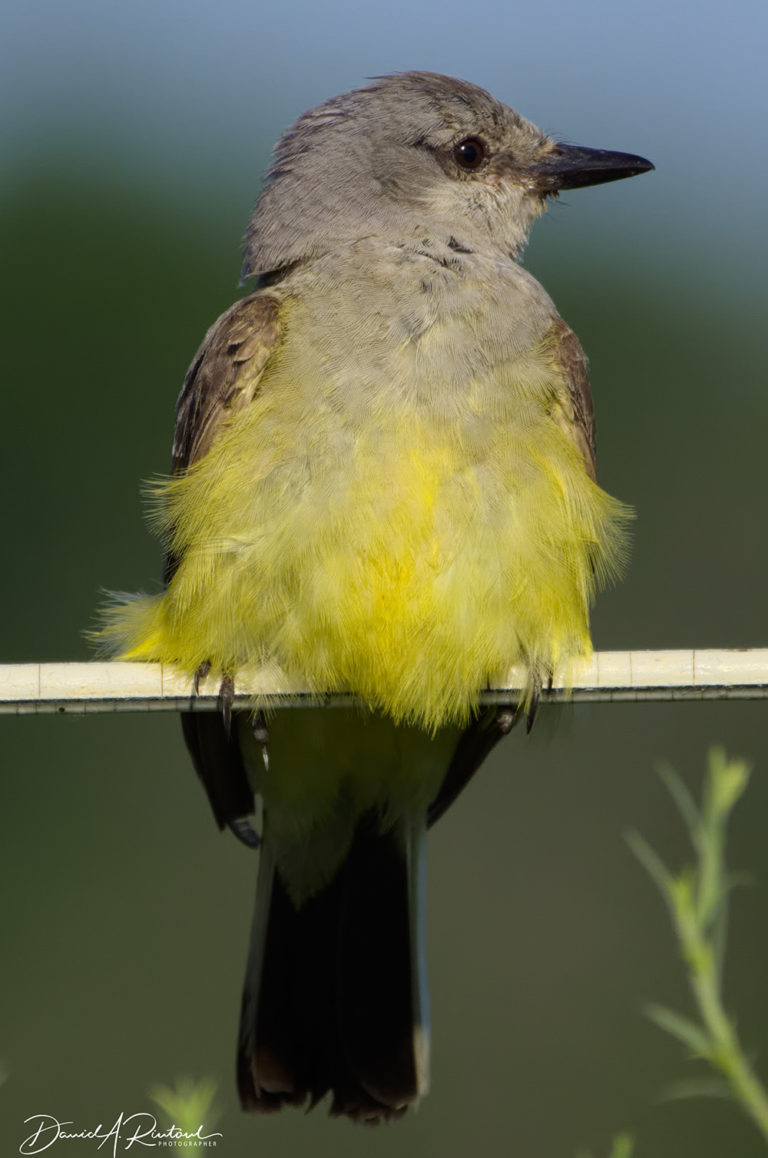
Sometimes not-chunky birds just look plump, like this Western Kingbird (Tyrannus verticalis), who seems to be letting it all hang out.
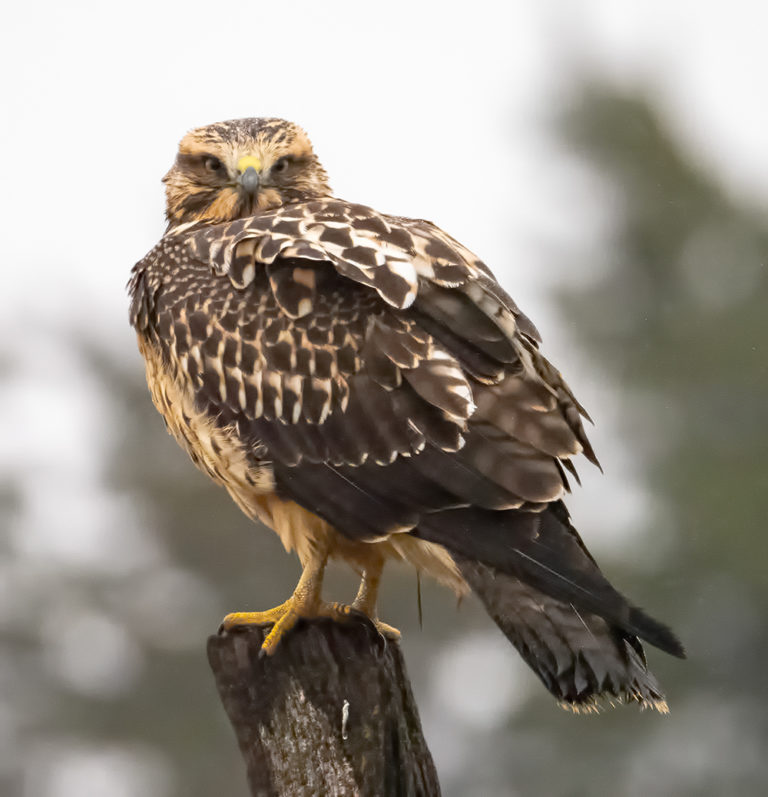
And sometimes wet grumpy birds look chunky as well. This Swainson’s Hawk (Buteo swainsoni) is one of three North American birds named after William John Swainson; the other two are a thrush and a warbler. Swainson was born in England and after a series of travels that did not include North America, settled in New Zealand in the 1840’s. It is likely that he never saw any of the birds that bear his name.
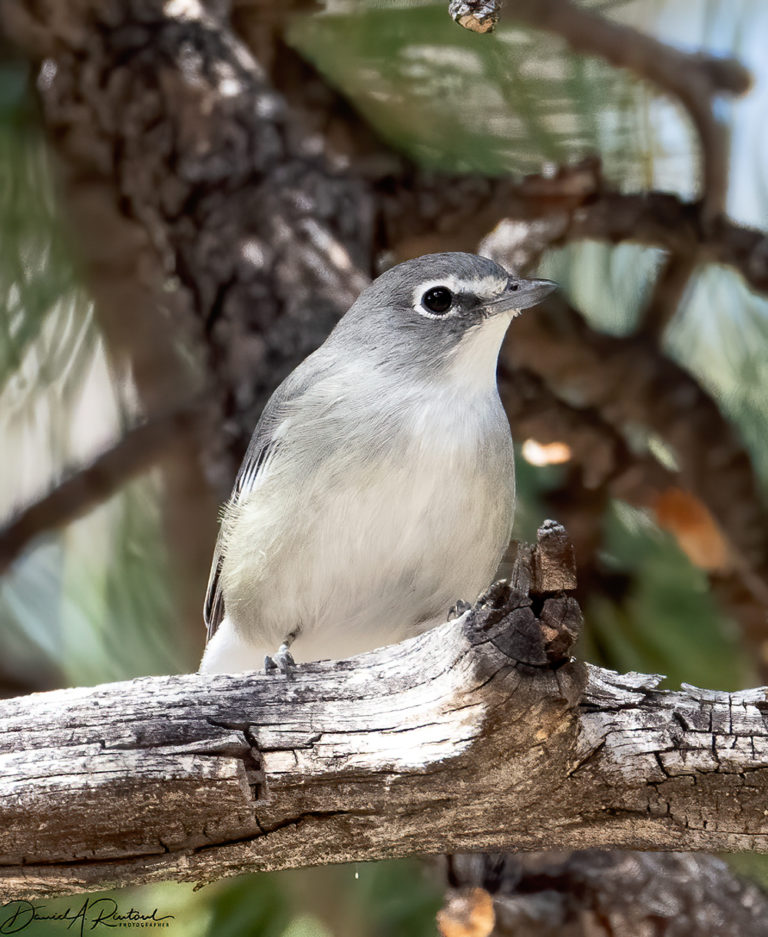
The species formerly known as the Solitary Vireo was split into three species, the Plumbeous Vireo found in the intermountain west, Cassin’s Vireo (Pacific coast and northwestern US), and the Blue-headed Vireo (found across most of eastern North America). This plump fellow is the Plumbeous Vireo (with the reverse Latin binomial Vireo plumbeus). Lead-colored and with bold white spectacles, it is also distinguished by a total lack of yellow in the plumage, which the other two split species do exhibit.
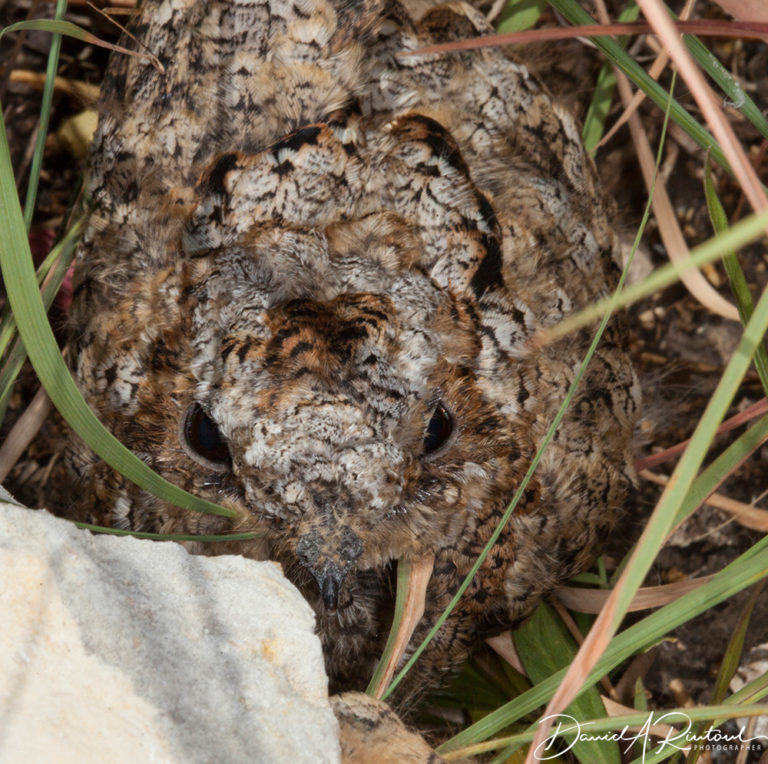
As mentioned a couple of weeks ago, nestling birds are usually very chunky, since they don’t have to fly and their parents are feeding them incessantly. This well-camouflaged nestling is a Common Poorwill (Phalaenoptilus nuttallii), and was one of two chicks in a nest found by my daughter when she was working one summer on Konza. The concept of “nest” is fluid for the ground-dwelling nightjars; the eggs are laid in a rocky scrape on the ground, and after hatching, the nestlings often move a short distance every day or two, for thermoregulatory purposes (finding a warmer spot) or for concealment. Their parents can easily find them, but if you have a nest under observation, the hatchlings can be devilishly difficult to locate a week or two after hatching.

opiejeanne
I’m very fond of that vireo photo.
pinacacci
That blackbird is hilarious! All wonderful as always, and thank you for sharing what you see.
Rob
I wouldn’t want to tangle with either the Red-winged Blackbird or the Brown Pelican. Especially if the Western Meadowlark is in charge of both of them.
OzarkHillbilly
When I was a kid going on camping trips w/ my parents, it was not at all unusual for me to see meadowlarks (I assume both western and eastern as our trips ranged far and wide). I loved their song, and remember watching, mesmerized as a particularly melodious one sang his joy to the world from atop a fence post. A few years back I realized it had been a long long time since I had last seen a meadowlark. At the time I just thought I hadn’t been paying attention, but I still haven’t seen one in the years since. Now I worry that something is up with them, maybe it’s pesticides knocking the numbers of their favored prey down, or something worse. I am hoping at least part of the reason is I don’t spend as much time in meadowlark habitat as I did when I was younger.
SteveinPHX
Thanks again for the wonderful photographs!
WaterGirl
My favorite from this set is the yellow Western Kingbird. What a cutie!
mvr
@OzarkHillbilly:
I really like the meadowlark photo.
They seem to be doing alright here in Southern Nebraska as we regularly see them at Audubon’s Spring Creek Prairie near Denton where we go for walks.
We’re going to drive west with a friend at the end of the week to see the cranes on the Platte. Looking forward to that.
Chat Noir
I love the red-winged blackbird. Their voices, to me, are the sound of spring!
Albatrossity
@mvr: Cranes on the Platte is the iconic Nebraska experience, I am pretty sure. Everyone everywhere should do that at least once; it is the last great wildlife migration spectacle in the lower 48. Have fun!
HinTN
@OzarkHillbilly: Ground dwelling birds that live in the edges (hedgerows) have all but vanished around these parts. It’s been several years since I heard that one lonesome whip-poor-will briefly calling for a mate in the evening and far too many years since I’ve heard a “bob white” call. I’ve heard it could be the resurgence of turkey pushing them out or the coyote population. Either way, the common bird calls of my youth are gone.
Great pix, Albatrossity. Thanks, as always.
HinTN
@Albatrossity: The Sandhills come through the Tennessee River basin north of Chattanooga. It is a phenomenal experience to see and hear them.
Princess Leia
@mvr: Oh, what an amazing experience the cranes will be!! I watch them on explore.org- they take my breath away!!!
Princess Leia
Absolutely delightful photos today!!!! That blackbird made me laugh out loud. Thank you so much for the weekly refreshment…
Mike S (Now with a Democratic Congressperson!)
Cool pics as always. Thanks!
Madeleine
From the first of your photos that I saw, Albatrossity, I’ve loved the detail I can see in the feathers. The meadowlark! Wow!
Steve from Mendocino
Some very cute crits. I always scan your picks. This bunch has some real charmers.
zhena gogolia
@Chat Noir: I am so looking forward to seeing them in our little marsh. Great picture!
stinger
Hello, Redwinged, my old friend,
You’ve come to dive-bomb me again…
They nest in the ditches along the roadside, and strongly object when I come jogging by. This lasts from nest-building in May, through the time their babies can fly and feed themselves, in early July. I HAVE NO INTEREST IN HARMING YOUR BABIES!
Fantastic pics as always, Albatrossity!
mvr
@Albatrossity: (and HinTNm & Princess Leia) Yes, I’m looking forward to it. We did it quite a few years ago and really enjoyed it.
Albatrossity
@mvr: Enjoy!
And for those of you not fortunate enough to live near this spectacle, here is my On The Road post about Cranes on the Platte from last spring.
StringOnAStick
Lovely photos, as always.
I recall being out for a bike ride around the outer edges of Grand Junction, CO and not realizing I was 10′ from a western meadowlark before he let loose with a loud, long call; I nearly crashed my bike looking for the sudden loud noise. I love how each bird has their own version of their bubbling song; my absolute favorite bird call. It seems like unless I’m spending more time near open grasslands, I don’t hear them so I make it a point to go to their preferred areas so I can hear that lovely song.
Spring is doing the hide and seek typical of areas close to big mountains, so I am seeing a changeover in the kinds of birds visiting the feeders.